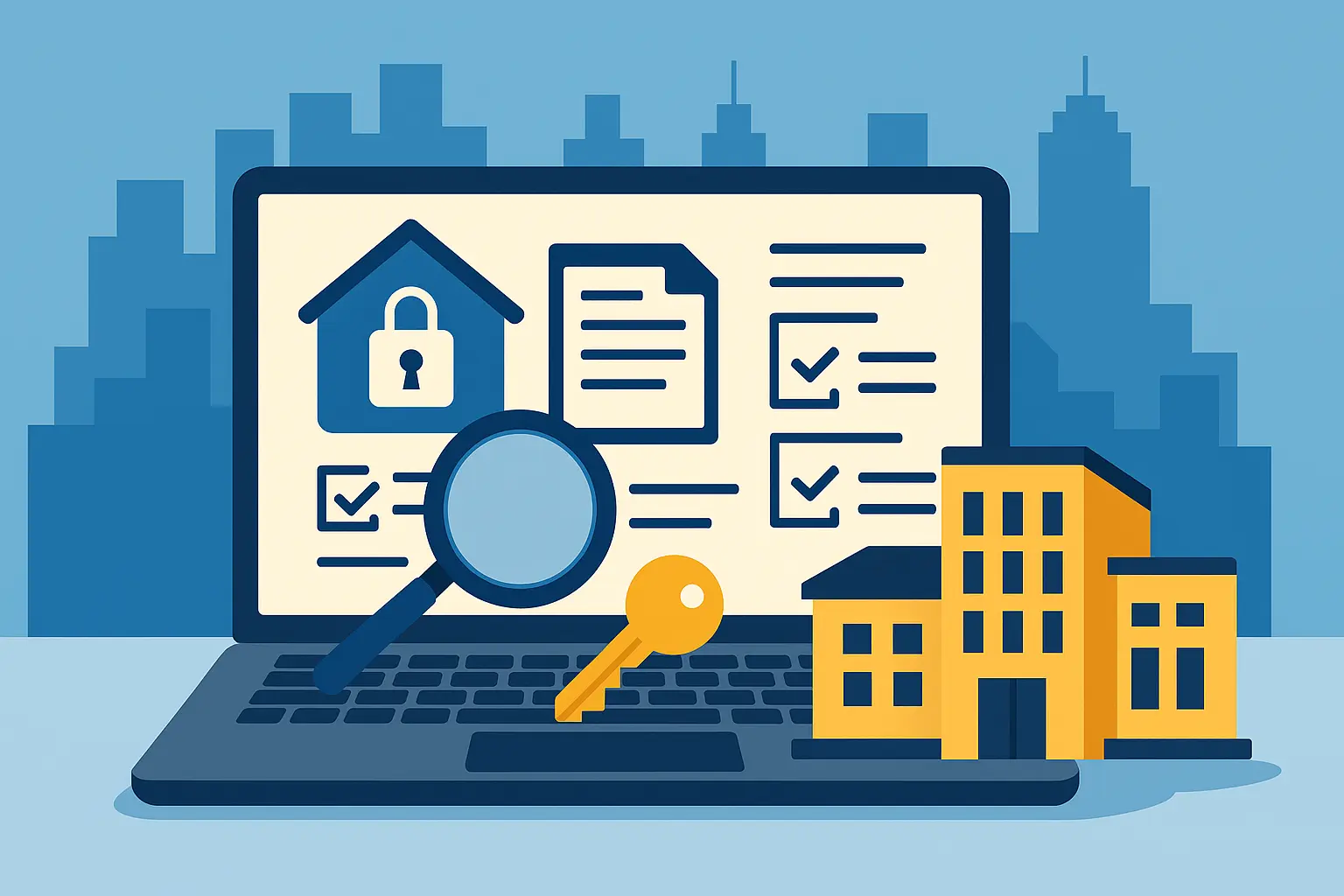By rolling out a virtual data room (VDR) solution, business owners and company executives significantly facilitate their corporate processes and collaboration. This is due to the variety of automated options virtual data rooms provide. And virtual data room index is one of them.
What is a data room index?
The data room index is basically a data room table of contents. It’s a data room folder structure with all corporate documents logically organized.
With the help of a virtual data room index, administrators, employees, investors, lawyers, and other virtual data room users can find the necessary information and files in seconds.
As a rule, most modern virtual data room providers offer the automatic indexing feature. It means the files you upload to the virtual data room are structured automatically. However, virtual data room administrators can easily configure the data room index:
- Create subfolders
- Rename folders and subfolders
- Change folders’ position in the overall data room structure
- Set permission rights to specific folders, so no data falls into the wrong hands
- Manage password settings for extra security of particular top-level folders
Why is a virtual data room index important?
Business owners significantly improve their company’s internal processes by implementing a clear virtual data room structure.
Below are the main advantages of a virtual data room index:
- Easy usage of a virtual data room. Any virtual data room contains large amounts of documents. Reviewing all the files needed to initiate a specific financial transaction is a clumsy process if there’s no logical structure for document organization. However, it’s easy to locate the necessary documents in seconds by implementing a data room index.
- Automatization. Automatic document indexing makes the process of organizing documents less time-consuming. It takes only a few clicks to structure documents inside a virtual data room, though administrators can always edit the structure based on their needs.
- Speeded decision-making. Organizing documents in a clear and logical structure increases the chances of getting a decision from a potential investor quicker. Preparing documents the right way, it makes it easier for the prospective investor to navigate the virtual data room and review the required documents. A well-organized data room will more likely grab their attention.
- Facilitated collaboration. The initial mission of the virtual data room is to store large volumes of corporate and sensitive information. When implementing a VDR tool, the company expects not only to reduce the amount of paperwork but also improve workflow and collaboration between different teams. A clear data room structure helps to get the necessary information from other departments in seconds, without the need to submit official requests and wait for weeks for approvals.
5 tips on how to organize a virtual data room
Although the automatic indexing tools create good folder structures that may be enough for some companies, there are still certain recommendations that will help you ensure the best structure for data room organization.
1. Stick to a clear naming system
A folder’s contents should be obvious to all new users. For example, if a folder is titled “Financials”, it would be weird to see “Current litigation” and “Employees compensations” subfolders within it.
Also, try to make short and informative titles so that they will be easily searchable.
2. Create subfolders
Often, a certain document category is too bulky and consists of hundreds of files. In this case, it’s always better to create separate subfolders. This way, all parties involved in the document scanning process will be able to easily navigate the files and better understand your company’s corporate structure.
3. Don’t rely on automated indexing only
Sometimes, small companies are completely satisfied with the options automatic indexing features provide. However, each organization is unique and has a different pack of documents. Customizing the look of your virtual data room’s structure will definitely catch investors’ attention.
4. Take care of permissions rights
Virtual data room administrators protect the documents in every folder. They can set particular permissions rights to each folder and subfolder so that only authorized users can access it. This is especially helpful when you’re planning a few investment rounds or have several investors that are ready to initiate the due diligence process.
5. Keep folders updated
Establishing a company VDR doesn’t mean document management ends with file uploading — it’s an ongoing process.
Companies go through different stages, and any changes in their performance should be timely indicated in the virtual data room since potential investors will always need only up-to-date information. That’s why administrators should monitor whether a data room index and its components are valid at a particular period.
Due diligence index
The due diligence data room structure is an index of the data room for due diligence specifically.
Naturally, the folder structure of such a virtual data room reflects the requirements of the due diligence process.
Given the fact that potential investors will be interested in its important documents, it’s crucial to organize those documents in a way that will only facilitate decision-making. This is best made possible with a clear data room index.
Below are the most common folders, subfolders, and documents needed for indexing a due diligence data room.
General business information
- Details of the corporate structure (list of shareholders, board of directors, incorporation documents, M&A agreements, etc.)
- Information about intellectual property (patents, copyrights, trademarks, domain names, etc.)
- Information about products and services the company provides (customer information, market share values, trade licenses, etc.)
- Documents about material assets details (physical assets, real estate, etc.)
Financials
- Audited financial statements (balance sheets)
- Profit and loss (P&L) statements
- Investment policies
- Capital budgets and strategic plans
- Tax information
- Insurance coverage
Legal documents
- Information on any current litigation
- List of agreements (loans, distributors, vendors, etc.)
- Antitrust and regulatory issues
- Environmental issues (liabilities, permits, evidence of compliance, etc.)
Human resources
- Employees contracts
- Description of policies related to employees
- List of company benefits
- General information about employees (CVs, positions, compensation, etc.)
Technology
- Details on upcoming and previous IT projects
- Information about company software
- List of all the company’s key IT resources
- Summary of policies regarding the purchase and maintenance of corporate software
Marketing materials
- Products descriptions
- Marketing and advertising plans
- Copies of all marketing materials (presentations, brochures, sales sheets)
- Information on planned product improvements
The main components of an easy-to-use and effective data room structure
A data room index can differ depending on the company and its industry. For example, some media holding companies will have many folders related to marketing materials, while a financial organization will focus more on financials. However, the folder level is most important for creating a data room index.
There are three main folder levels:
- Top-tier folders. These are the central folders of every virtual data room index. For example, a big corporation will have such top-tier folders as financials, legal, marketing, general company information, and human resources.
- Main folders. These are the folders that a top-tier folder consists of. For example, one of the main folders of the “Human Resources” top-tier folder will be the “General information about employees.”
- Subfolders. These folders contain the most detailed components of the main folders. Usually, there are many subfolders under each main folder. For instance, the “General information about employees” folder (which is also a part of the “Human Resources” top-tier folder) will contain such subfolders as CVs, positions, information about compensation, compensation claims, etc.
Summing up
A virtual data room index is a structured list of all documents uploaded to the virtual data room. In other words, it’s a table of contents.
By implementing a data room index, a company makes it easier for all data room members to find the necessary information and collaborate effectively.
A due diligence data room index is a structure of the virtual data room that was rolled out for due diligence specifically. A clear data room structure for the due diligence process significantly facilitates the decision-making process.
The main components of an easy-to-use virtual data room are different folder levels: top-tier folders, main folders, and subfolders.



